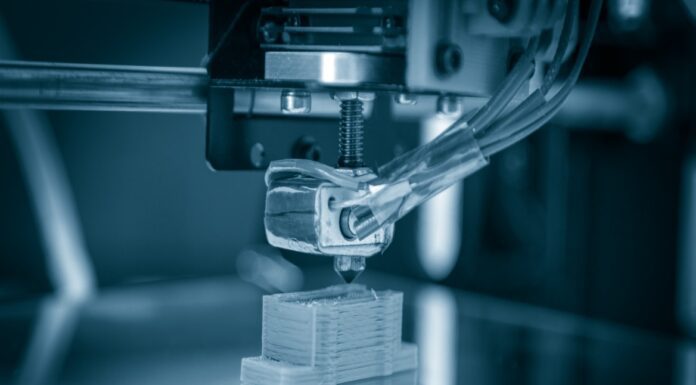
A new report from CSIRO said existing technologies can help Australia halve its emissions by 2030 down from 2020 levels in a decarbonisation scenario with the renewable electric sector at the reins.
The report, titled Pathways to Net Zero Emissions – An Australian Perspective on Rapid Decarbonisation, outlined a scenario that would help the nation achieve its goal of net zero by 2050 and limit global warming to 1.5°C.
The scenario projects key milestones in 10-year timesteps that would set Australia on a path to net zero by 2050.
According to the report, Australia can use existing technologies to reduce emissions by 52 per cent from 2020 levels by 2030. However, technologies currently in early development need to be in widespread commercial use into the 2030s and 2040s, particularly to address hard-to-abate sectors.
Renewable sources would need to triple by 2030 to reach 90 per cent of the electricity generation mix. To achieve this, almost all new capacity installed in the next decade would need to come from wind, solar, and hydropower supported by increased storage capacity.
Under this scenario, 73 per cent of cars and light commercial vehicles on the road will be powered by electricity by 2040.
Decarbonisation of long-distance and heavy transport accelerates through 2030 to 2040.
Dr Peter Mayfield, executive director of environment, energy and resources at CSIRO, said there are immense opportunities for Australia to grow new and existing industries and provide essential innovation to decarbonise the world.
“Pressure is mounting for business to speed up its efforts towards net zero and lead the way for the rest of the country. How to move faster to deliver a cleaner, sustainable and strong economy is the question on every business leader’s mind,” Mayfield said.
“This work will help business find a rapid and achievable pathway to net zero appropriate to their sector – guiding investment to mitigate climate change, reinventing industries of old, and creating new jobs in emerging industries.”
According to CSIRO, lagging behind international decarbonisation would be a competitive disadvantage for Australia with other nations adopting low emissions technologies and trade barriers towards high emitting nations.
To review the Pathways to Net Zero Emissions – An Australian Perspective on Rapid Decarbonisation report, visit csiro.au.



















